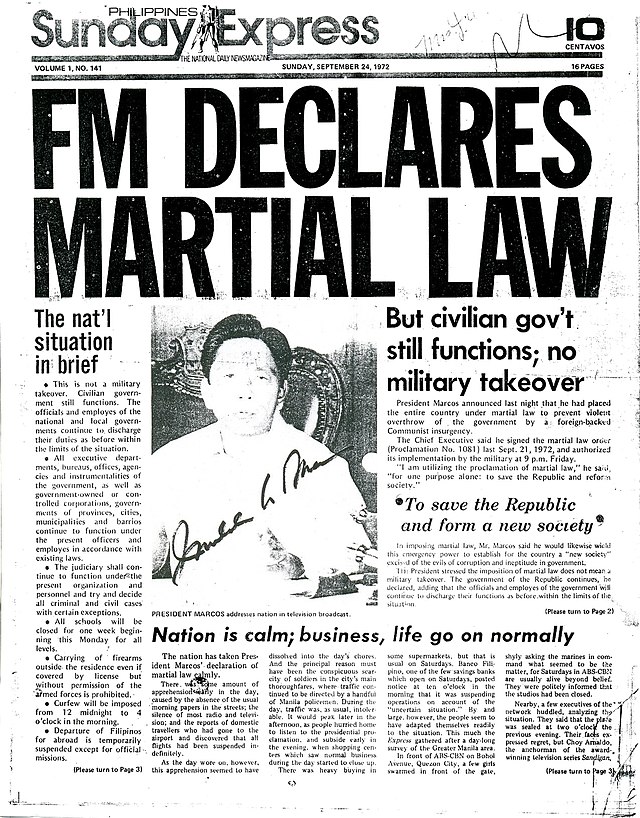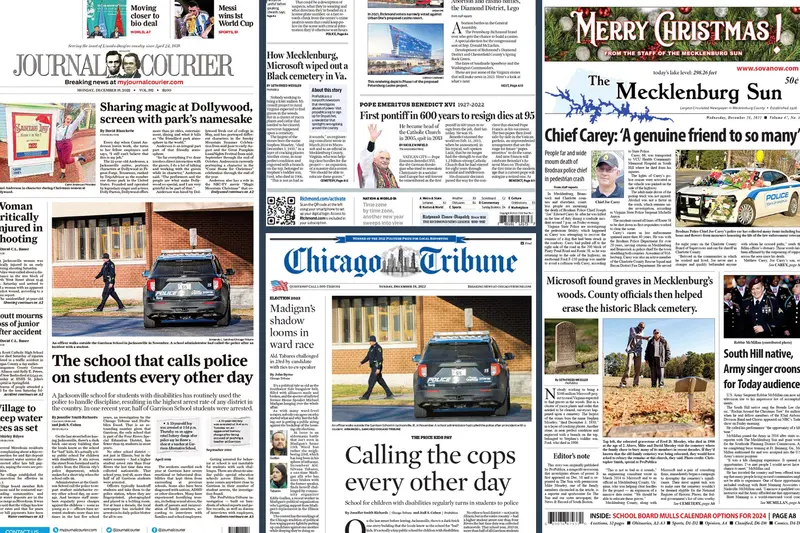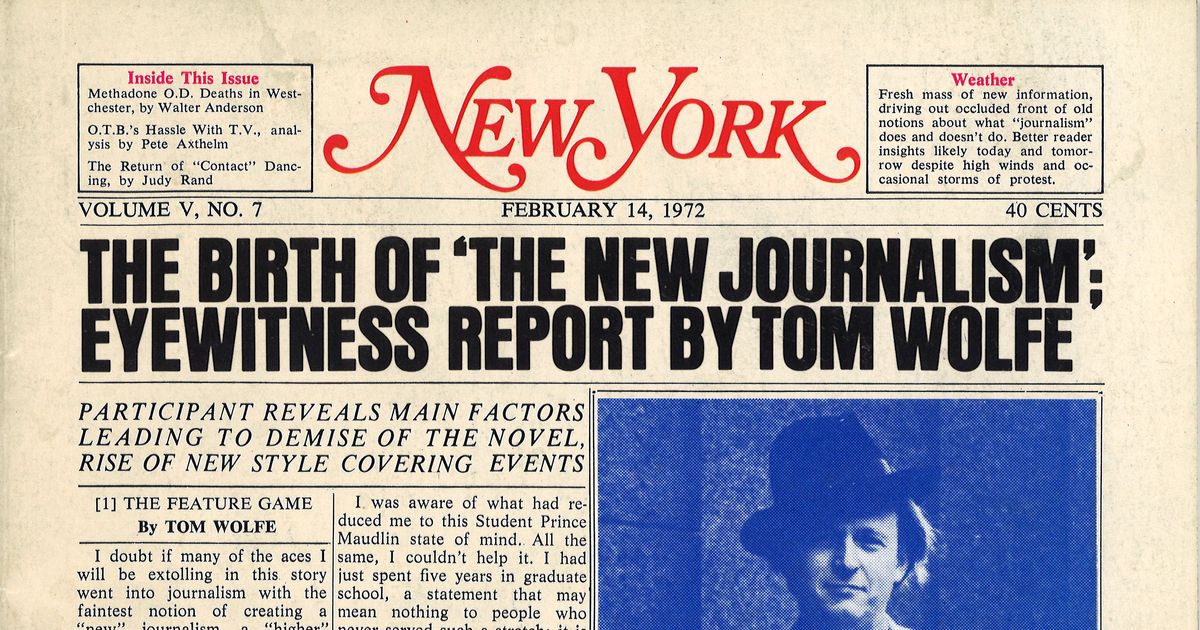The Ultimate Guide To News Articles
The Ultimate Guide To News Articles
Blog Article
News Articles Things To Know Before You Buy
Table of ContentsThe 7-Second Trick For News ArticlesSome Known Factual Statements About News Articles All About News ArticlesWhat Does News Articles Do?The 8-Minute Rule for News Articles
Good understanding of different topics offers pupils an affordable edge over their peers. Although electronic and social networks are easily available, we need to not fail to remember just how important it is to review the newspapers. Parents need to try and instill the practice of reviewing a paper as a daily routine to proceed the heritage of the revered print medium.Information stories additionally include at least one of the adhering to essential qualities relative to the intended target market: closeness, prestige, timeliness, human passion, oddity, or effect.
Within these limitations, news stories also intend to be detailed. Amongst the bigger and more revered newspapers, justness and balance is a major variable in presenting information.
Newspapers with an international audience, for instance, often tend to use a much more formal design of writing. The specific options made by a news outlet's editor or editorial board are commonly gathered in a design overview; typical design guides consist of the and the United States News Style Book. The primary goals of information writing can be summarized by the ABCs of journalism: accuracy, brevity, and clearness.
The Facts About News Articles Revealed
As a rule, journalists will not use a long word when a brief one will certainly do. They make use of subject-verb-object building and construction and vivid, active prose (see Grammar). They provide narratives, examples and metaphors, and they seldom depend on generalizations or abstract concepts. News authors attempt to avoid making use of the same word extra than when in a paragraph (in some cases called an "echo" or "word mirror").
However, headings occasionally omit the subject (e.g., "Leaps From Watercraft, Catches in Wheel") or verb (e.g., "Pet cat female lucky"). A subhead (also subhed, sub-headline, subheading, caption, deck or dek) can be either a subservient title under the primary heading, or the heading of a subsection of the write-up. It is a heading that comes before the major message, or a group of paragraphs of the major message.

Additional signboards of any of these types might show up later in the article (particularly on subsequent pages) to entice additional reading. Such signboards are likewise utilized as tips to the post in other sections of the magazine or site, or as advertisements for the piece in various other magazine or sites. Normal framework with title, lead paragraph (recap in bold), various other paragraphs (information) and contact info.

Example of a hard-lead paragraph NASA is suggesting another space job. The spending plan requests around $10 billion for the project.
The NASA news came as the company requested $10 billion of appropriations for the project. An "off-lead" is the 2nd most vital front web page information of the day. The off-lead shows up either in the leading left edge, or directly listed below the lead on the. To "bury the lead" is to begin the write-up with background information or details of additional importance to the readers, compeling them to learn more deeply right into a write-up than they must need to in order to find the crucial factors.
An Unbiased View of News Articles
Typical usage is that or more sentences each develop their very own paragraph. Journalists usually describe the organization or framework of a news tale as an upside down pyramid. The necessary and most fascinating elements of a tale are put at the beginning, with supporting info complying with in order of reducing significance.
It enables people to discover a subject to only the deepness that their curiosity takes them, and without the imposition of information or nuances that they could consider unimportant, his explanation however still making that information available to a lot more interested visitors. The upside down pyramid framework also allows short articles to be trimmed to any type of arbitrary size during layout, to suit the area offered.
Some writers begin their stories with the "1-2-3 lead", yet there are several kinds of lead available. A twist can refer to multiple points: The last story in the information program; a "happy" tale to end the program.
Longer posts, such as publication cover write-ups and the items that lead the within sections of a newspaper, are called. Feature tales differ from straight information in numerous methods. Foremost is the lack of a straight-news lead, many of the my sources time. Rather than supplying the significance of a tale up front, feature authors may try to draw viewers in.
An Unbiased View of News Articles
A function's very first paragraphs often associate an appealing moment or event, as in an "unscientific lead". From the details of a person or episode, its view quickly expands to abstract principles regarding the tale's topic.

The Editor's Toolbox: A Reference Guide for Beginners and Professionals (2001) Allan M. Siegal and William G. Connolly. The New York City Times Guidebook of Style and Use: The Official Style Guide Made Use Of by the Writers and Editors of the Globe's Many Reliable Paper (2002) M. L. Stein, Susan Paterno, and R.
Report this page